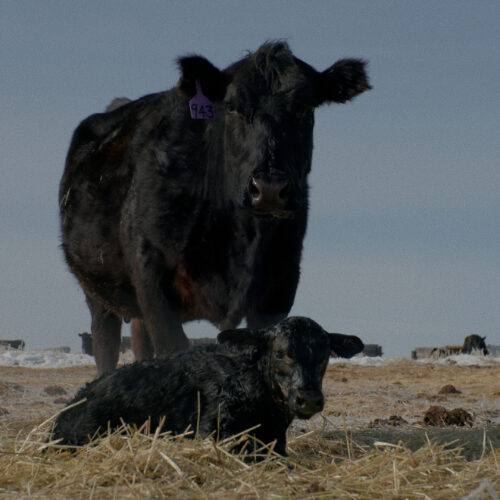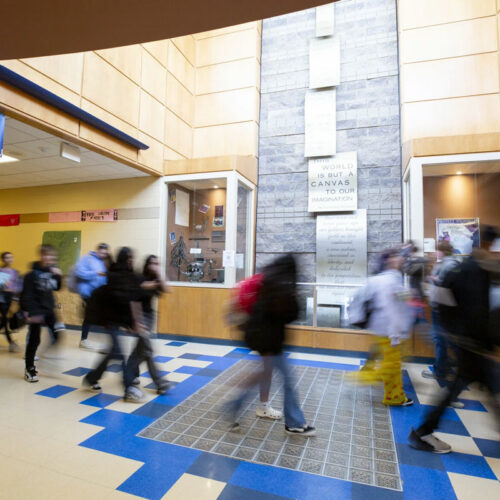
Funding Revived For Timber-Reliant Oregon Counties, But Economic Problems Linger
Listen
Members of Oregon’s congressional delegation say they’ve revived funding for an expired federal aid program that provided money to rural counties whose economies relied heavily on federal timber harvesting.
In lieu of timber receipts, counties received federal aid. After 15 years of temporary funding extensions, the money ran out in 2015.
But Republican Rep. Greg Walden and Democratic Sens. Ron Wyden and Jeff Merkley announced this week they’ve secured a two-year extension of the Secure Rural Schools, or SRS, program. That money was part of the omnibus spending bill moving ahead in Congress.
It’s déjá vu for counties that once leaned on SRS funding, but have frequently had to adjust to the uncertainty of millions of dollars in federal help. At this point, nobody sees it as a panacea.
“We’re really making a lot of tough choices right now and, frankly, SRS is not going to solve that,” said Coos County Commissioner Melissa Cribbins. “Long term, it’s going to take some sort of reasonable forest management plan in order to make the budgets work for these counties.”
“It’s way, way better than nothing,” said Susan Morgan, a former Douglas County commissioner who now works for the Association of Oregon Counties. “But it’s far from the counties would like to have for certainty in their budgets.”
Rural Oregon remains the most vulnerable to economic shocks and recessions, a state employment department analysis recently found. Rural areas continue to have higher unemployment rates and less diverse economies than metro areas.
The need for a long-term solution for forest management was also one of the conclusions reached by a 2009 task force on the issue set up by former Gov. Ted Kulongoski.
“The task force considered a longer-term, more sustainable solution — namely, securing compensation for the value of maintaining healthy forests to combat global warming,” the report read. “We found that this solution could have great potential and should be pursued by state and federal policy makers, especially as they consider the design and adoption of cap and trade systems for carbon emissions. But we acknowledge that the prospects for this solution remain speculative.”
The omnibus bill re-authorizes the county payments for two years. Counties will receive 95 percent of what they last got under the program the first year, and then they will have another 5 percent reduction in the year after that. All told, counties last received nearly $100 million annually when the program ended.
“With our county funds stretched thin, this extension will provide a much-needed lifeline for critical services ranging from schools to roads to public safety,” Merkley said in a statement. “Now, we need to redouble our efforts to increase sustainable harvests and create living-wage jobs that can help power our rural communities for years to come.”
Coos County currently has a $2.3 million budget shortfall. Accountants were told they couldn’t buy 10-key calculators. County agencies are short-staffed.
“We’ve been working on bare bones staff in order to get by,” said Megan Simms, treasurer and finance director for Coos County.
Cribbins said it’s been frustrating for citizens in Coos County, who feel like there’s a disconnect between the existence of federal funding and lingering economic problems at the county. She said there’s concern that by passing another round of SRS funding, the core problem around a long-term solution for rural Oregon will get pushed out of mind for another two years.
“[County residents] feel like this funding has come in and the counties shouldn’t have the economic problems that they have,” she said. “It’s really difficult to get everyone to agree to what reasonable forest management means, and it’s much easier to get everybody to agree on what this payment should be.”
Additional reporting by Jeff Mapes.
Copyright 2018 Oregon Public Broadcasting
Related Stories:

Washington state reports 7-year peak in influenza-related deaths
The Washington state Department of Health reported on March 20th that influenza activity reached its highest levels in seven years, with the most flu-related deaths since the 2017-2018 flu season.

New film explores cattle mutilation mystery in Oregon
The film, “Not One Drop of Blood,” highlights the communities trying to solve the decades-long mystery of cattle mutilation. (Courtesy: Jackson Devereux and Lachlan Hinton) Listen (Runtime 6:00) Read Phineas

Trash piling up, wildfires too big to fight: What wild lands might look like without workers
Mountain peaks are reflected in the waters of Lake Colchuk, located in the Alpine Lakes Wilderness Area. Smoke from a nearby wildfire hangs in the air. (Credit: Theresa Rivers) Listen
















